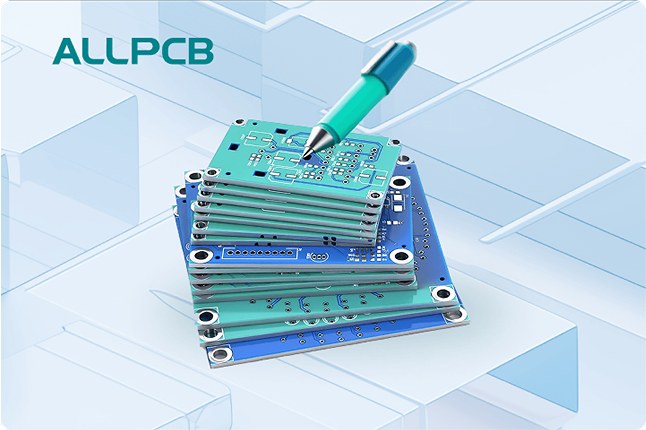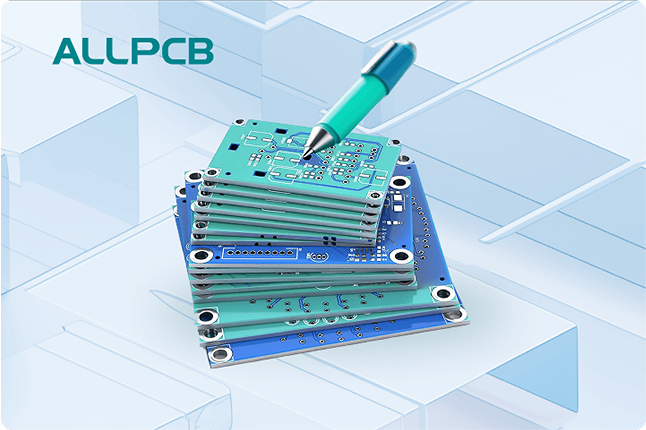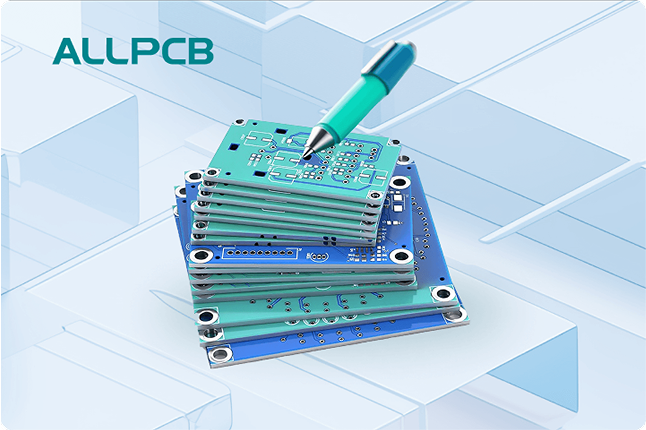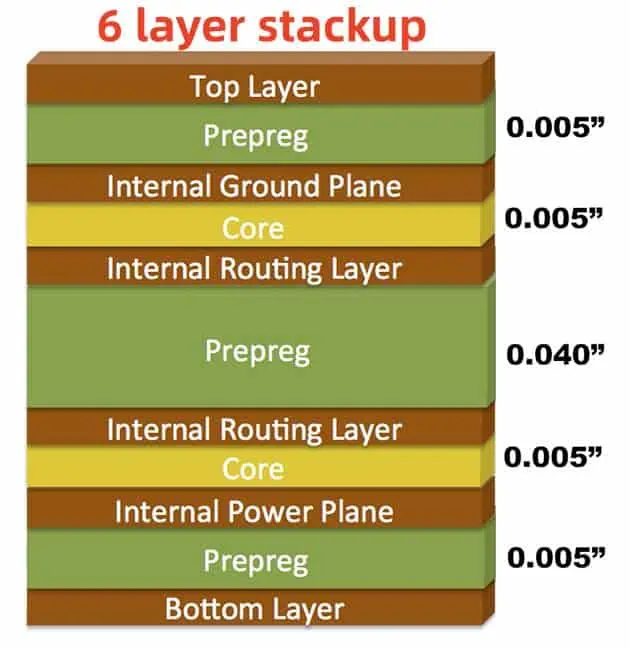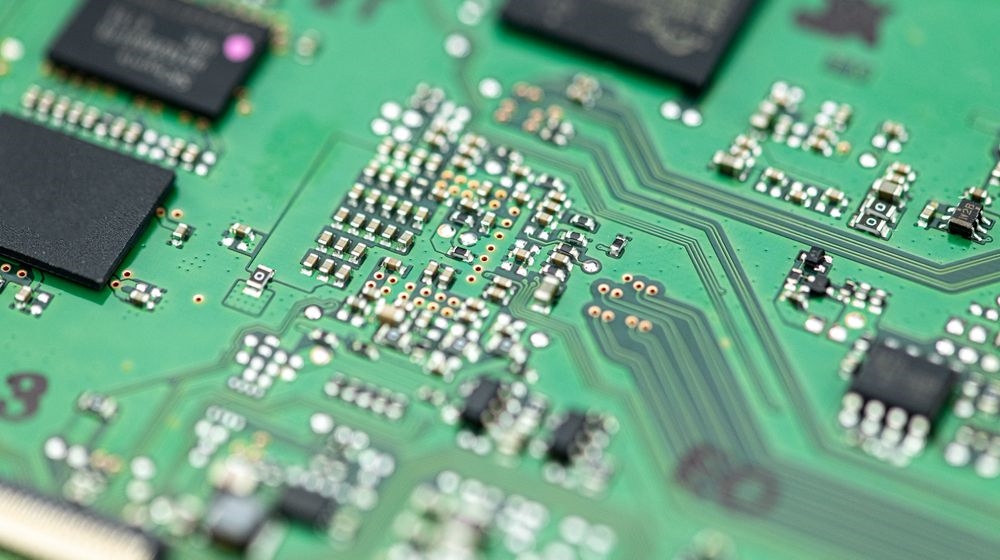In the demanding world of construction equipment, printed circuit boards (PCBs) face harsh conditions like intense vibrations, dust, and extreme temperatures. Designing rugged PCBs for this environment is critical to ensure reliability and prevent costly downtime. This blog dives into overcoming vibration challenges with practical solutions like PCB vibration dampening for construction equipment, effective mounting techniques, stress analysis for construction vehicles, conformal coating for vibration protection, and high vibration PCB design strategies. Let’s explore how to build durable PCBs that withstand the toughest job sites.
Why Vibration is a Major Challenge for Construction Equipment PCBs
Construction equipment such as excavators, bulldozers, and cranes operates in environments where vibrations are constant and intense. These vibrations, often ranging from 10 Hz to 3 kHz depending on the machinery, can cause mechanical stress on PCBs. Over time, this stress leads to cracked solder joints, broken traces, or even component detachment. For instance, a study on industrial electronics showed that up to 20% of PCB failures in heavy machinery are due to vibration-induced fatigue. Without proper design, these failures can halt operations and increase maintenance costs.
Key Strategies for PCB Vibration Dampening in Construction Equipment
Vibration dampening is a cornerstone of designing PCBs for construction equipment. The goal is to reduce the impact of mechanical shocks and oscillations on the board and its components. Here are some proven techniques for effective PCB vibration dampening in construction equipment:
- Use of Vibration Dampening Materials: Incorporate materials like silicone pads or rubber grommets between the PCB and the mounting surface. These materials absorb vibrations, reducing the stress transmitted to the board. For example, silicone pads with a Shore hardness of 30-50 can cut vibration transmission by up to 40%.
- Strategic Component Placement: Place heavier components, such as transformers or large capacitors, near mounting points to minimize movement. This reduces the risk of solder joint failure under vibration.
- Reinforcing Board Thickness: Opt for thicker PCB substrates, such as 2.0 mm or more, to increase rigidity. A stiffer board is less likely to flex under vibration, protecting delicate traces and components.
By combining these methods, designers can significantly improve the durability of PCBs in high-vibration environments like construction sites.

PCB Mounting Techniques for Construction Applications
Proper mounting is just as important as dampening when it comes to protecting PCBs in construction equipment. Poor mounting can amplify vibrations, leading to premature failure. Below are effective PCB mounting techniques for construction applications:
- Secure Mounting Points: Use multiple mounting points to distribute stress evenly across the PCB. For a standard 100 mm x 100 mm board, at least four mounting points (one at each corner) are recommended to prevent warping or flexing.
- Shock-Absorbing Fasteners: Replace standard screws with shock-absorbing fasteners or spring-loaded mounts. These fasteners can reduce vibration transmission by up to 30%, based on tests in industrial settings.
- Enclosure Design: House the PCB in a rugged enclosure with internal padding or foam to cushion against external shocks. Ensure the enclosure is made of durable materials like aluminum or reinforced plastic to withstand harsh conditions.
Implementing these PCB mounting techniques for construction ensures that the board remains stable, even when the equipment is operating at full capacity on uneven terrain.
Conducting PCB Stress Analysis for Construction Vehicles
Stress analysis is a critical step in designing PCBs for construction vehicles, where vibrations are often unpredictable and severe. PCB stress analysis for construction vehicles involves evaluating how mechanical forces impact the board’s integrity. Here’s how to approach it:
- Simulation Tools: Use simulation software to model vibration effects on the PCB. These tools can predict stress points by simulating frequencies up to 3 kHz and identifying areas prone to failure, such as near heavy components or thin traces.
- Finite Element Analysis (FEA): FEA is a detailed method to analyze stress distribution across the PCB. For instance, FEA can reveal that a trace near a mounting hole experiences 50% more stress under a 20 G-force vibration, allowing designers to reinforce that area.
- Testing Under Real Conditions: After simulation, subject the PCB to real-world vibration testing using shaker tables. Test at varying frequencies (e.g., 10 Hz to 2 kHz) to mimic the conditions of a construction vehicle on rough terrain.
By conducting thorough stress analysis, designers can address weak points before the PCB is deployed, reducing the risk of failure in the field.

The Role of PCB Conformal Coating in Vibration Protection
Conformal coating is a protective layer applied to PCBs to shield them from environmental factors, but it also plays a vital role in vibration protection. PCB conformal coating for vibration helps by adding a thin, flexible barrier that reduces component movement and absorbs minor shocks. Here’s why it matters:
- Types of Coatings: Silicone and urethane coatings are ideal for high-vibration environments due to their flexibility and durability. Silicone coatings, for example, can withstand temperatures from -40°C to 200°C and maintain elasticity under stress.
- Application Thickness: Apply a coating thickness of 25-75 microns for optimal protection without adding excessive weight. Thicker coatings may crack under vibration, while thinner ones might not provide enough coverage.
- Component Stabilization: Conformal coating helps hold smaller components in place, preventing them from vibrating loose. This is especially useful for surface-mount devices (SMDs) with small solder joints.
Using the right conformal coating ensures that the PCB remains protected against both environmental hazards and mechanical stress in construction equipment.

Best Practices for High Vibration PCB Design
Designing for high vibration environments requires a proactive approach from the start. High vibration PCB design focuses on creating boards that inherently resist mechanical stress. Here are some best practices to follow:
- Minimize Board Size: Smaller PCBs have less surface area to flex, reducing the risk of damage. If a smaller board isn’t feasible, use stiffeners or additional layers to increase strength.
- Optimize Trace Routing: Route traces away from high-stress areas like board edges or mounting holes. Use wider traces (e.g., 10-12 mils for power lines) to improve durability against cracking.
- Select Robust Components: Choose components rated for high vibration, such as those meeting MIL-STD-810 standards. For example, capacitors with a vibration rating of 20 G are better suited for construction equipment than standard ones rated at 5 G.
- Layer Stack-Up Design: Design the PCB with a balanced layer stack-up to avoid uneven stress distribution. A 4-layer board with symmetrical copper distribution can reduce warping under vibration.
Following these high vibration PCB design principles helps create boards that can endure the relentless conditions of construction environments.
Testing and Validation for Rugged PCB Performance
Designing a rugged PCB is only half the battle; testing and validation are crucial to ensure it performs as expected. Here’s how to validate a PCB for construction equipment use:
- Vibration Testing Standards: Adhere to standards like IPC-6012 or MIL-STD-810G for vibration testing. These standards outline test conditions, such as random vibration at 10-2000 Hz with a 10 G peak, to simulate real-world scenarios.
- Accelerated Life Testing (ALT): Subject the PCB to accelerated vibration cycles to predict long-term performance. For instance, 100 hours of testing at 15 G can simulate years of field use.
- Post-Test Inspection: After testing, inspect the PCB for microcracks, solder joint integrity, and component stability using X-ray or visual microscopy. This helps identify hidden issues before deployment.
Thorough testing ensures that the PCB will not fail prematurely, saving time and resources in the long run.

Conclusion: Building PCBs That Last in Construction Environments
Designing rugged PCBs for construction equipment is a complex but essential task. By focusing on PCB vibration dampening for construction equipment, employing robust mounting techniques, conducting detailed stress analysis for construction vehicles, applying conformal coating for vibration protection, and adhering to high vibration PCB design best practices, engineers can create boards that withstand the harshest conditions. These strategies, backed by thorough testing, ensure reliability and reduce downtime on the job site.
Whether you’re designing for a bulldozer or a crane, prioritizing durability from the initial design phase is key. With the right approach, your PCBs can power construction equipment through years of tough work without missing a beat.
 ALLPCB
ALLPCB


